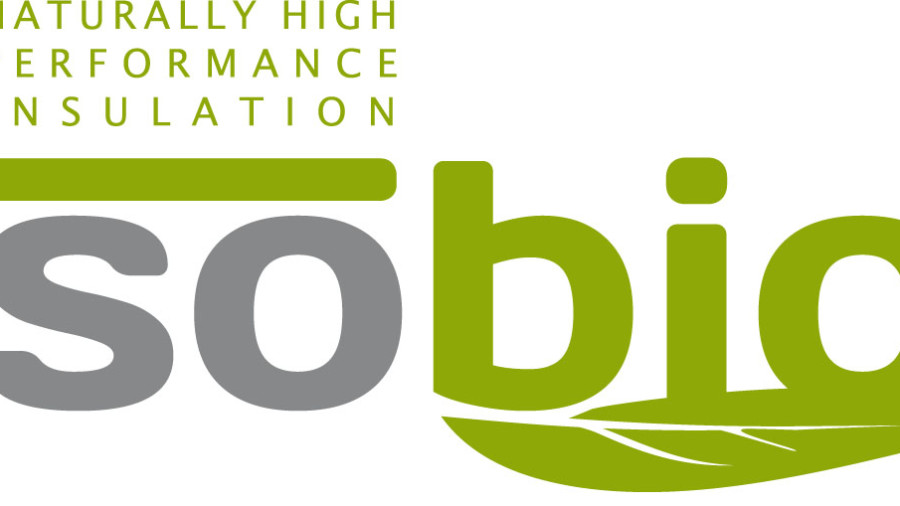International discussions and frameworks on environmental policy can occasionally seem just as stratospheric as the atmosphere they are trying to protect. But this year, there is hope that the debates and discussions will come to more tangible and ambitious targets than its predecessors. Is there a framework for ISOBIO to flourish in sight?
Paris, France will be the host to the governments of more than 190 nations this November 30-December 11 with the aim of reducing global greenhouse gas emissions and thus avoiding the threat of dangerous climate change. COP21 will be a crucial conference, as it needs to achieve a new international agreement on the climate, applicable to all countries, with the aim of keeping global warming below 2°C.
Current commitments on greenhouse gas emissions run out in 2020, so at Paris governments are expected to produce an agreement on what happens for the decade after that at least, and potentially beyond.
The road to Paris has been long and meticulously prepared after the failures of the previous summit in Copenhagen. The world’s biggest emitters have already made their commitments clear in advance. The EU will cut its emissions by 40%, compared with 1990 levels, by 2030. The US will cut its emissions by 26% to 28%, compared with 2005 levels, by 2025. China will agree that its emissions will peak by 2030. The commitments of emerging and developing countries are, however, far less clear.
Will the agreements on the table in Paris be enough to limit us to a 2°C rise in temperature – and all that we now know that means for our environment? Lets see.
In the meantime, a few resources to follow:
Climate Alliance ‘Road to Paris’ initiative
UNFCC twitter account & #COP21


